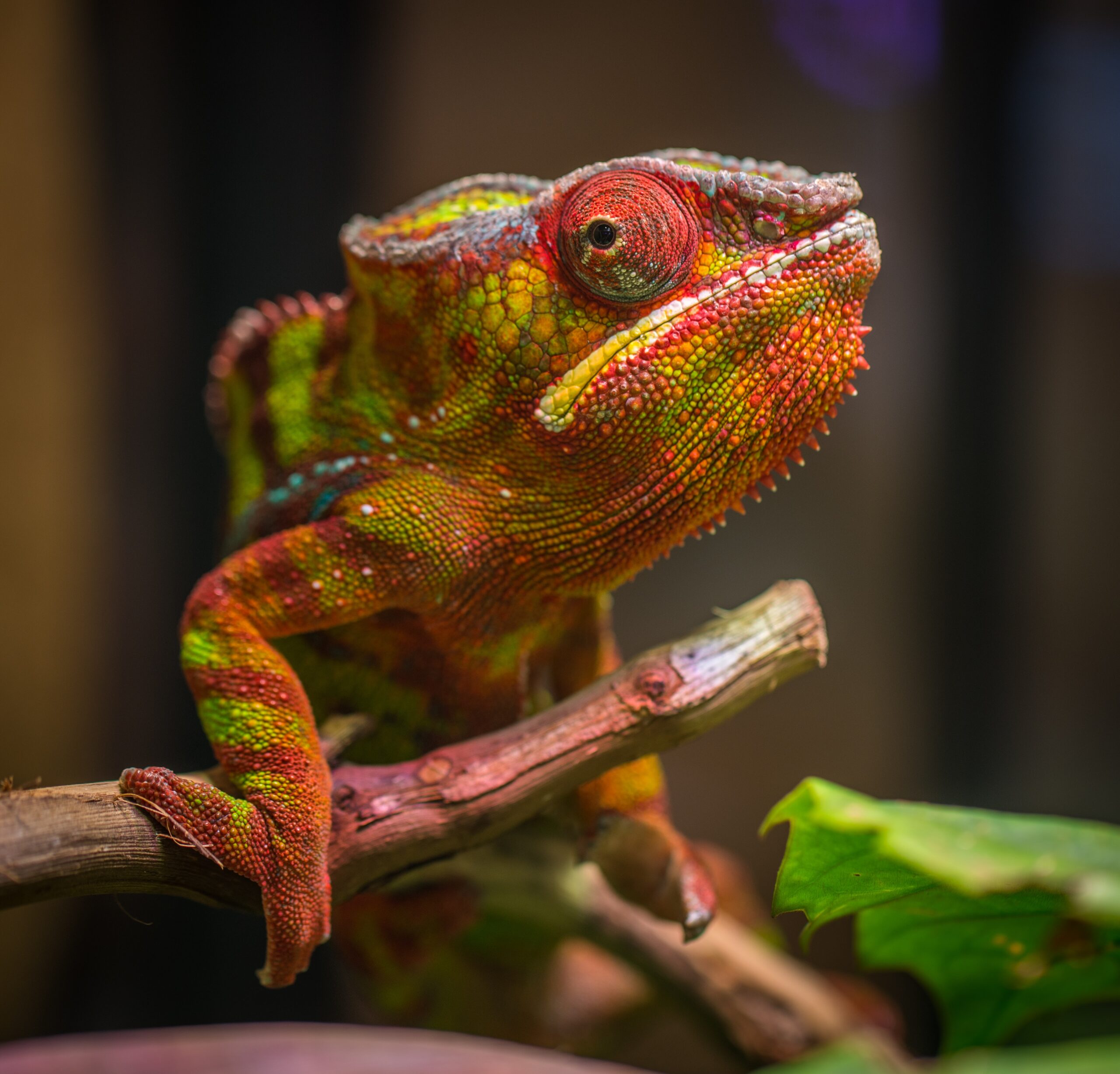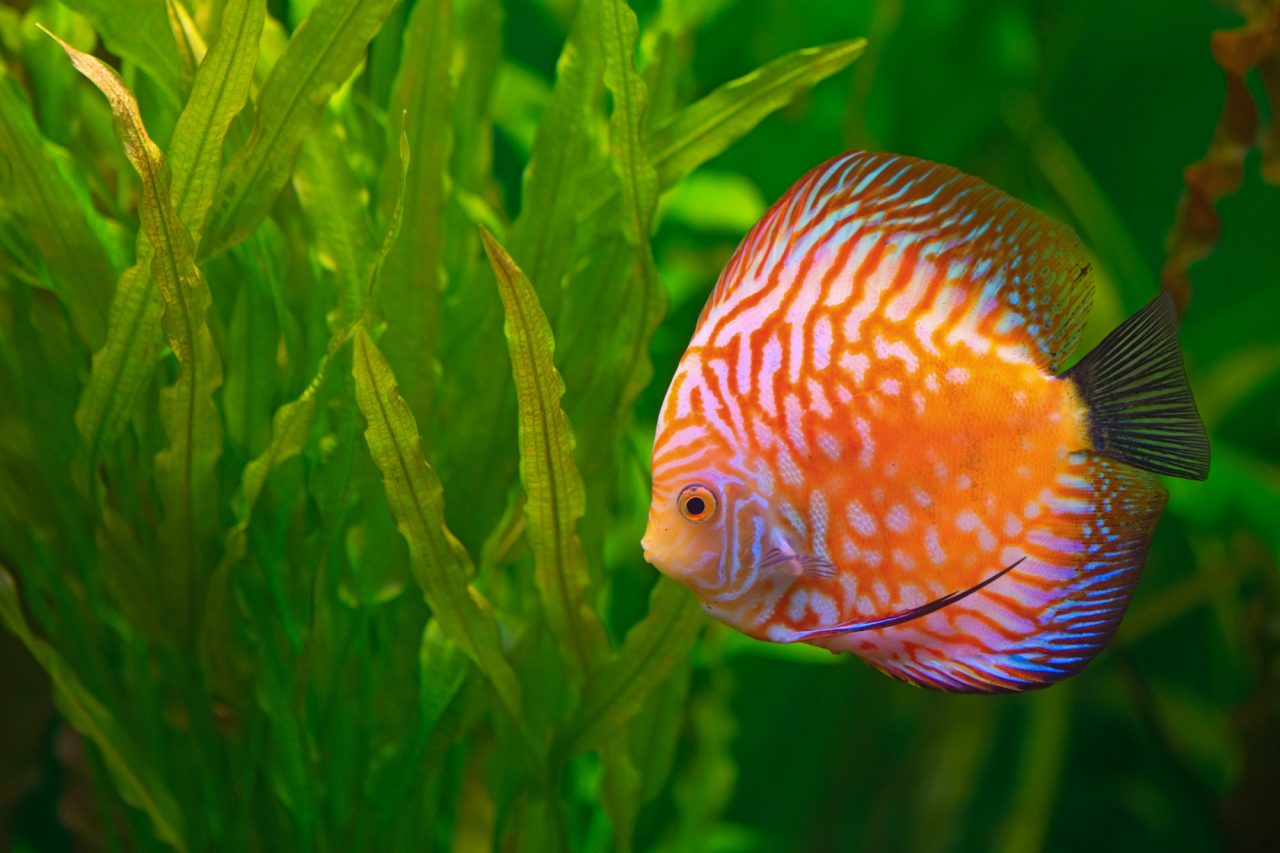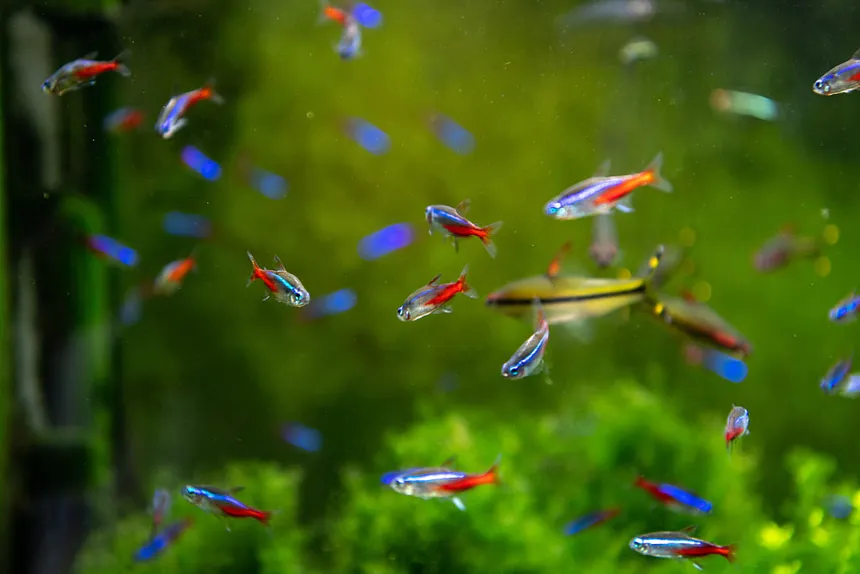Anemones were at one time thought to be plants, even the name of the class to which they belong, Anthozoa, means “flowerlike.” However, they are animals, all able and carnivorous predators, and certainly not in need of the marine equivalent of the “birds and the bees” to carry on new generations. Anemones have developed a remarkably large variety of methods to reproduce in their natural environment.
Sexes of most species are separate with fertilization taking place in open water simply by the animals releasing their sperm and eggs. Sexual reproduction by external means is usually prompted by the phases of the moon with mass spawnings occurring at night during the first phase of a new moon. This ensures the full opportunity for eggs and sperm to unite and for the microscopic medusa-like larvae produced to join the zooplankton, all under the cover of darkness and safe from predators. They are then swept by the currents to settle and establish elsewhere.
Some anemones produce tiny complete replicas of themselves within their body cavities as a result of internal fertilization and are spewed out when fully developed. To ensure the maximum success of this particular method, these anemones are hermaphroditic, having both male and female reproductive systems.
Others increase their numbers asexually by division of the parent or smaller versions of the parent are sometimes produced as buds or offsets.
Although not all anemones will reproduce in captivity some, like a small number of species belonging to the rock anemones family Aiptasiidae, have earned the reputation of becoming pests in the aquarium by rapidly reaching plague proportions. They usually appear after hitching a ride on live rock and can take over an aquarium if not controlled.





